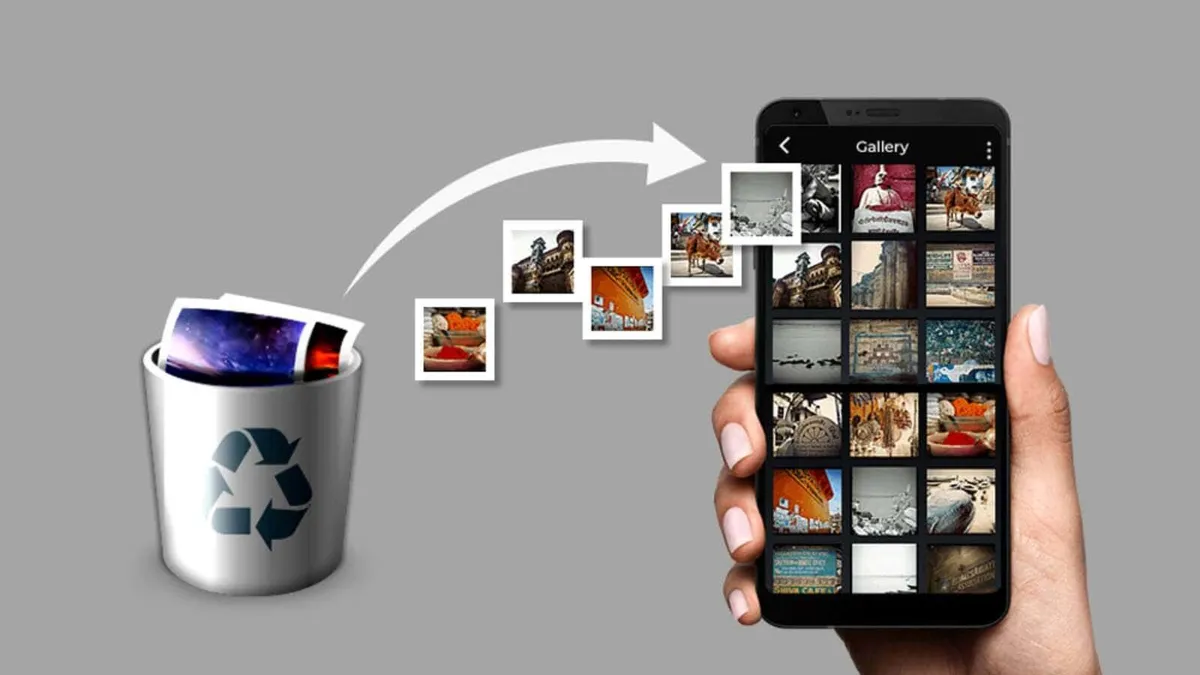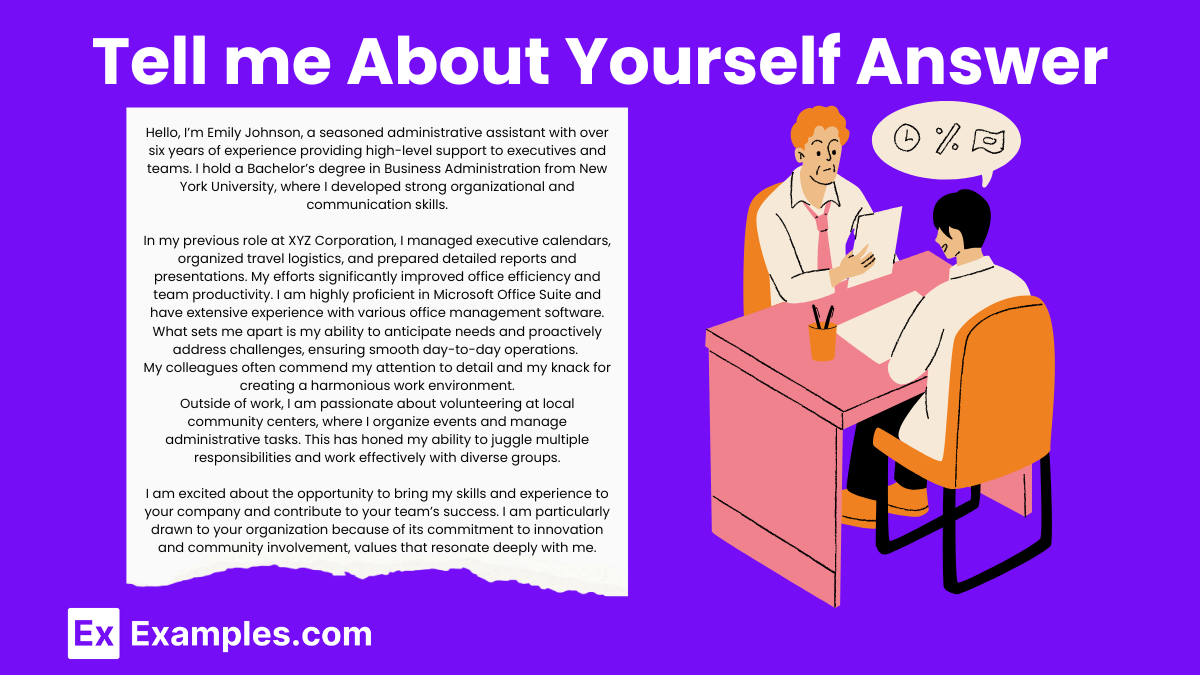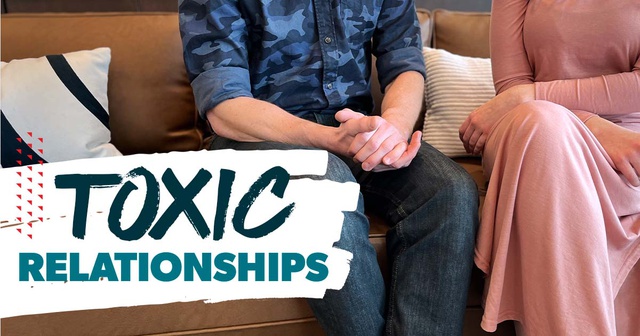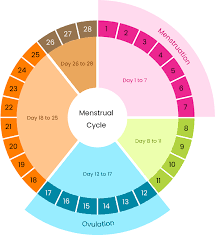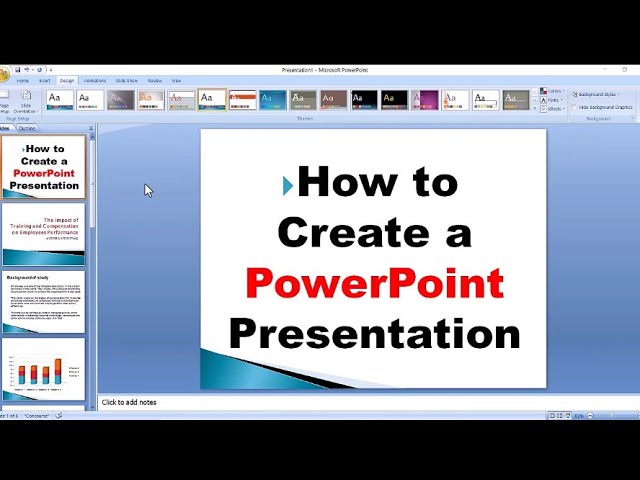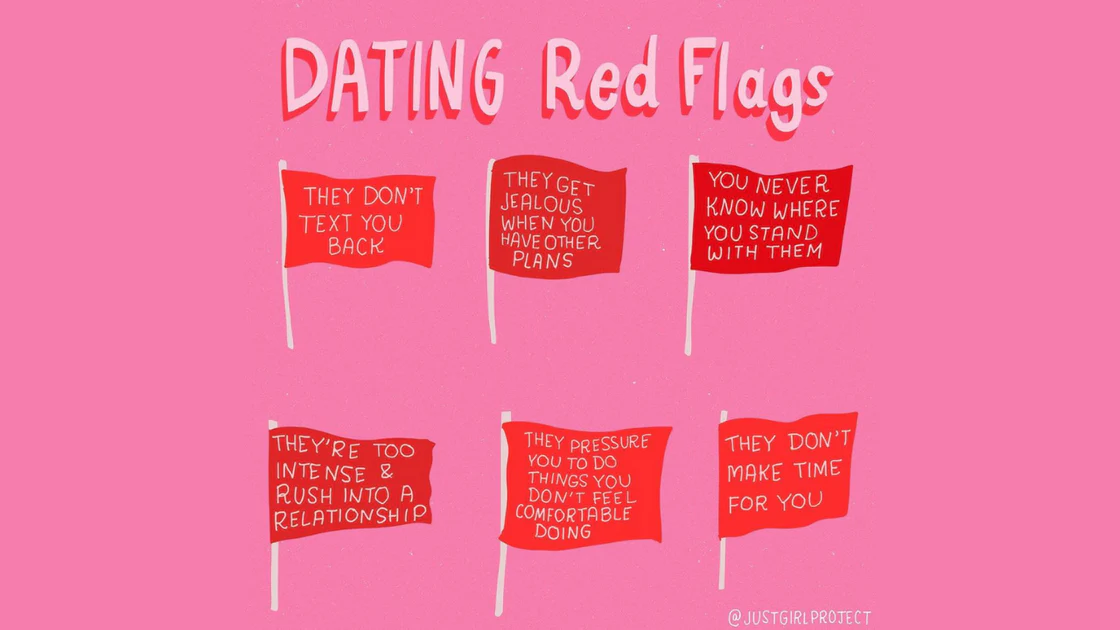We’ve all been there—you accidentally delete a photo on your phone, only to realize later that you really need it. The good news is, in most cases, deleted photos are not gone forever. Depending on your device and how long ago you deleted them, you might still be able to recover them.
Here’s a step-by-step guide to help you bring those precious memories back.
1. Check Your Trash or Recently Deleted Folder
Most smartphones keep deleted photos in a temporary folder for 30 days before they are permanently erased.
•On Android: Open the Google Photos app → Tap Library → Bin/Trash.
•On iPhone: Go to the Photos app → Albums → Scroll down to Recently Deleted.
If your photos are there, simply restore them with one tap.
2. Check Your Cloud Storage
If you’ve enabled cloud backups, chances are your photos are saved online even if they’re not on your phone.
•Google Photos (Android/iOS): Open the app and check your synced library.
•iCloud (iPhone): Go to Settings > iCloud > Photos and see if your photos are backed up.
•Other apps: Dropbox, OneDrive, or other storage apps may also have copies.
3. Use a File Recovery App
If the photo isn’t in your trash or cloud, you can try recovery apps.
•DiskDigger (Android) – Recovers photos from your internal storage or SD card.
•Dr. Fone (iOS & Android) – A professional tool for recovering deleted files.
•EaseUS MobiSaver – Works for both Android and iPhone.
Note: The sooner you try, the higher the chances. Deleted files can be overwritten by new data if you keep using your phone heavily.
4. Check Social Media & Messaging Apps
Sometimes, photos you’ve shared with friends or posted online are still available. Check apps like WhatsApp, Messenger, or Instagram—you might find a copy of the lost image there.
5. Ask for Professional Help (Last Resort)
If the photo is extremely important and you can’t recover it yourself, consider taking your device to a professional phone repair or data recovery service.
Key Tips to Avoid Losing Photos in the Future:
•Always back up your photos to Google Photos, iCloud, or an external drive.
•Turn on automatic backups so your memories are safe.
•Organize and save important pictures in multiple locations.
Losing photos can be stressful, but with the right steps, you stand a good chance of getting them back. And remember—prevention is always better than cure, so set up a backup system today.
